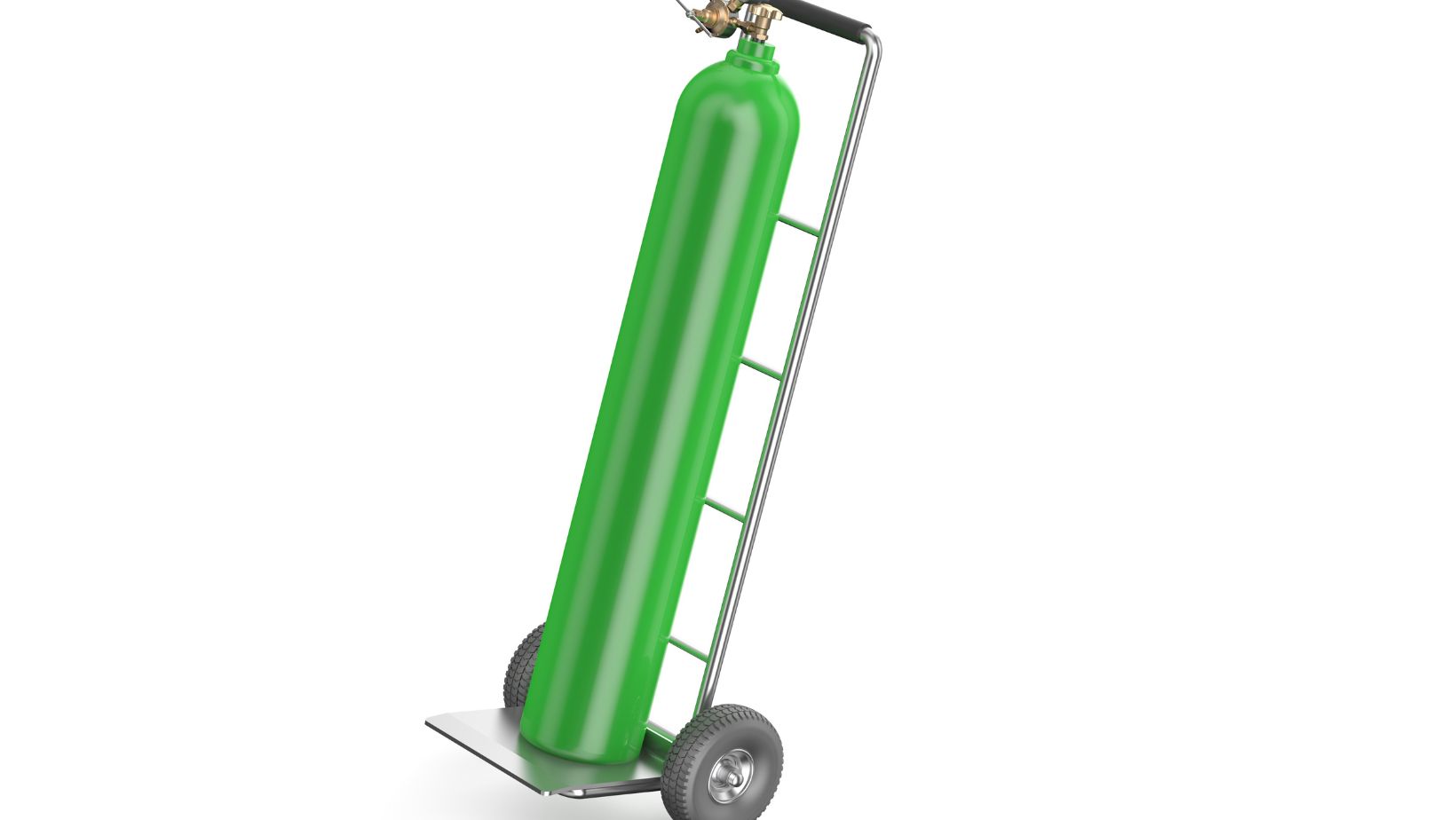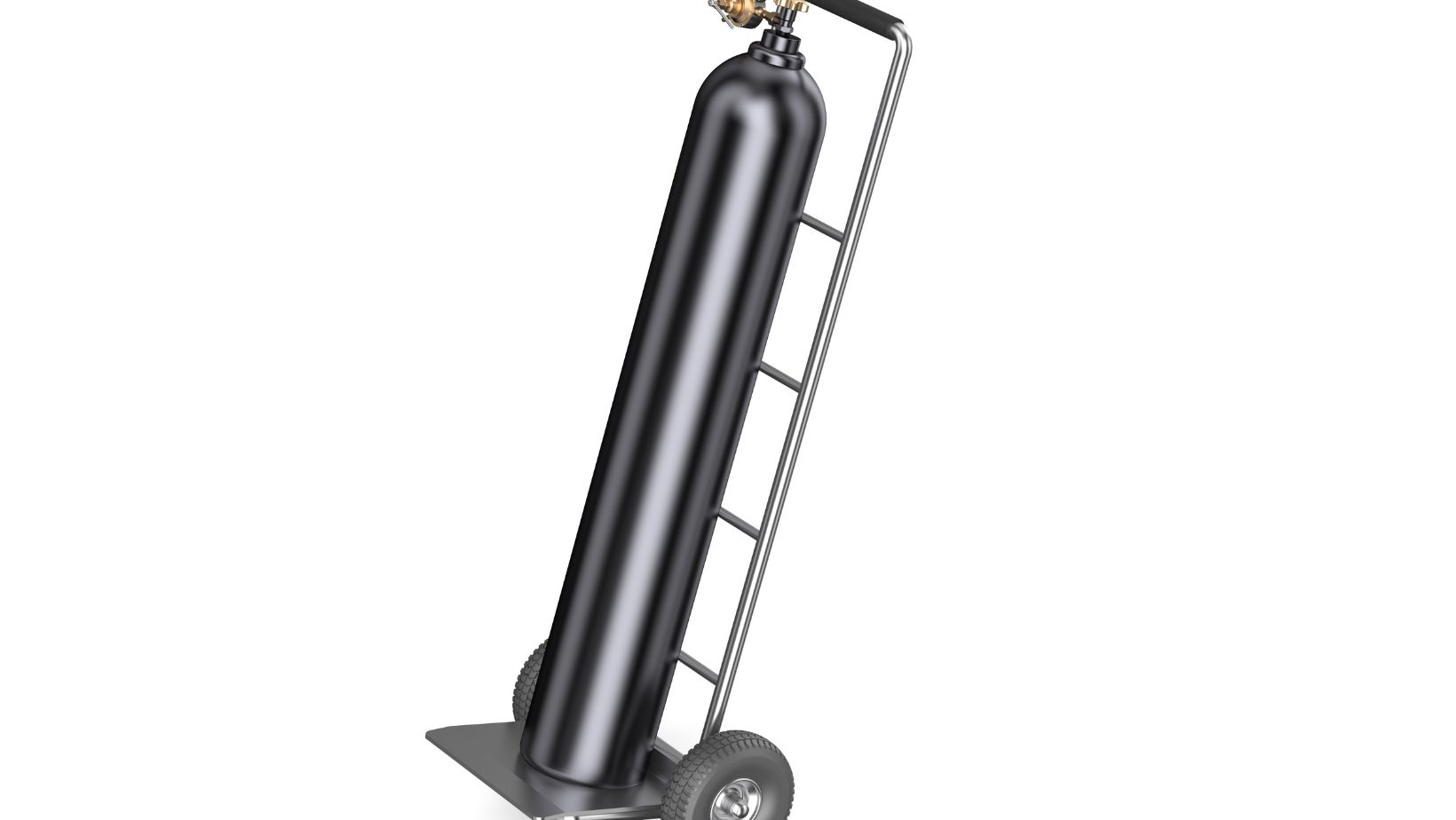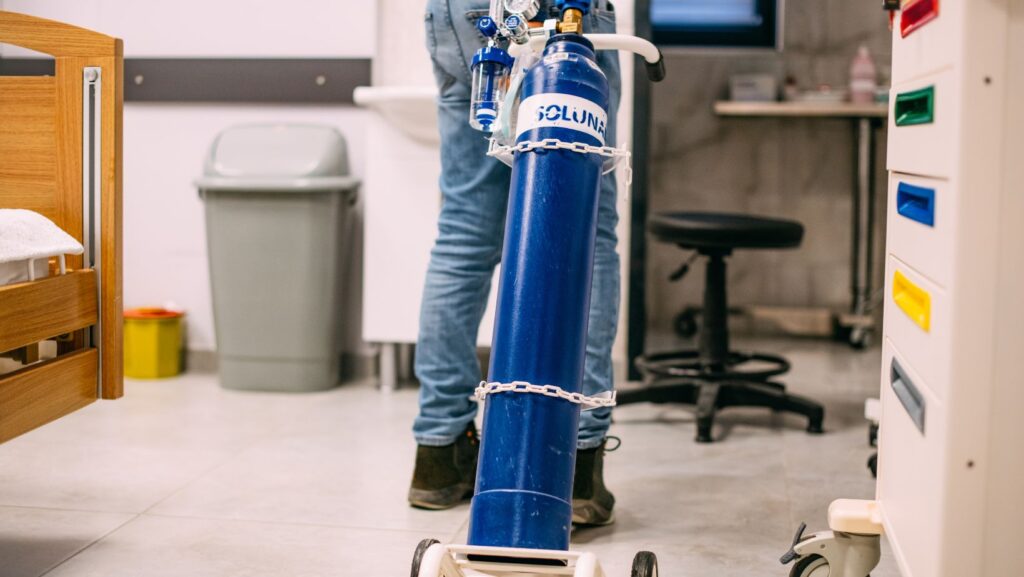Cylinder carts are essential tools for safely transporting gas cylinders in industrial, medical, and laboratory settings. Choosing the right cylinder cart ensures safety, efficiency, and durability. Whether you’re purchasing a cart for an industrial site, a welding shop, or a healthcare facility, here are the key factors to consider to buy cylinder carts.
1. Cylinder Capacity and Size Compatibility
Not all cylinder carts are designed to hold the same size or number of cylinders. Before purchasing, check:
- The diameter and height of the cylinders you will be transporting.
- Whether the cart can accommodate single or multiple cylinders.
- If the cart is adjustable to fit different cylinder sizes for versatility.
2. Material and Durability
The material of the cylinder cart plays a crucial role in its longevity and ability to handle heavy loads. Consider:
- Steel carts: Ideal for industrial and heavy-duty applications due to their strength and durability.
- Aluminum carts: Lightweight and corrosion-resistant, suitable for medical and laboratory use.
- Powder-coated finish: Provides additional protection against rust and wear, extending the life of the cart.
3. Safety Features
Safety is a top priority when handling gas cylinders.

Look for these features to buy cylinder carts:
- Secure straps or chains: To hold cylinders in place and prevent tipping over.
- Pneumatic or rubber wheels: For smooth movement and stability, reducing the risk of accidents.
- Tilt-back design: Makes it easier to maneuver heavy cylinders safely.
- Braking mechanism: Essential for carts used on slopes or uneven surfaces.
4. Wheel Type and Mobility
The type of wheels affects how easily the cart moves. Check for:
- Rubber wheels: Provide a cushioned ride and absorb shocks, making them ideal for smooth surfaces.
- Pneumatic wheels: They are better for rough terrain, as they absorb impact and make maneuvering easier.
- Swivel casters offer better turning ability in tight spaces and are useful for medical and laboratory environments.
- Large-diameter wheels: Make it easier to navigate over obstacles and uneven ground.
5. Weight Capacity
Each cylinder cart has a weight limit. Ensure the cart you choose can handle the following:
- The total weight of the cylinder(s) it will carry.
- Additional weight can be gained from accessories or tools if needed.
- Reinforced frames and heavy-duty welding for extra durability.
6. Handle Design and Ergonomics
A well-designed handle improves ease of use and safety.

Consider:
- Comfortable grip handles: Reduce strain when pushing or pulling the cart.
- Height and angle of the handle: This should allow for easy maneuverability.
- Dual-handle designs: Provide better control, especially for larger cylinders.
7. Storage and Space Requirements
If you have limited storage space, consider:
- Folding or collapsible designs: For easy storage when not in use.
- Compact frame carts: These takes up minimal space while still being functional.
8. Application-Specific Features
Different industries may require special cart features:
- Medical and laboratory use: Look for carts designed for oxygen and specialty gas cylinders.
- Welding applications: Choose carts that can carry both gas cylinders and welding torches.
- Cryogenic cylinder carts: Designed to handle low-temperature cylinders safely.
Final Thoughts
Choosing the right cylinder cart requires careful evaluation of safety, durability, and usability. By considering these factors, you can select a cart that ensures efficiency and protection for both workers and equipment. Whether for industrial, medical, or welding applications, investing in a high-quality cylinder cart will improve workplace safety and productivity.
